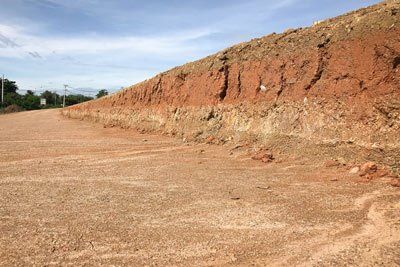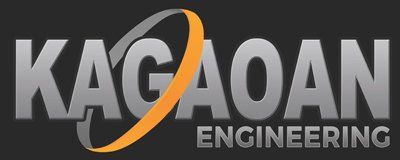Soil and Rock Embankment Consultants in NYC, Manhattan, The Boroughs, Nassau County, Suffolk County, Long Island, and New Jersey - Kagaoan Engineering

Soil and Rock Embankment Consulting and Inspections
Railways and roads require a dense, hard pack of material that engineers can build upon for transportation needs or to shore up an area. Embankments are the structures that you see along the side of a paved road or under railroad tracks. These units are also useful for holding back water and soil to protect structures, minimize flooding, and to separate parcels of land. Embankments need a foundation that is reliable and stable. Designing and creating these structures involves using highly advanced equipment, technical software programs, and risk management assessments.
Contact us for free consultation.
Kagaoan Engineering team of geotechnical designers and engineers use these tools to help municipalities and businesses figure out the best approach for the build. Permits and soil sampling are a few of the things that these professionals do routinely to figure out if the soil is suitable for compaction or if other materials need to go with the ground material.
Our teams work closely with business owners to identify, develop, and implement an affordable and productive plan for your earthwork needs. With advanced monitoring and identification tools, our engineers and geotechnical designers at Kagaoan Engineering help government and civil entities with roadway stabilization, soil identification, and earth shoring needs for embankments using compact soil or rock underlayers. Our extensive work in the New York and tri-state region let us customize our approach to satisfying local regulations and unique site requirements.
How Soil Identification Works
When our soil and rock embankment consultants perform a ground inspection, five significant components let us classify the earth. Water content, soil composition, thickness or density, texture, and environmental factors all determine how geologists decide what classification to give the dirt. This name helps the builders and engineers decide whether the existing earth will compact and form the right density for an embankment. If the soil does not have the right consistency or moisture needs, then a suitable alternative like adding rock or gravel is an option that allows the team to get the hard pack necessary for a stable foundation.
Design is a Huge Part of Creating Embankments
Once the engineering, design, and construction teams know the composition of the soil, the group can determine which materials and densities will work best. How and when the material could shear is another thing that the team will consider before choosing which panel types to use for the project. Once a design style is selected, then the team will make sure that all obstructions are out of the area before proceeding with testing and construction of the embankment.
Designers and engineers help figure out how to route water drainage systems in areas where storm drains pose a problem to the moisture level in the soil. Careful consideration goes into looking at erosion and how water levels, flooding history, and amount of rainfall will affect the embankment. Since these structures must withstand the elements for years under heavy loads, the soil composition and design play a huge part in the development of any embankments.
Adjoining Structures and Properties Can Make Embankment Tricky
When you are creating an embankment next to another business, a structure like a bridge, or a utility substation, then the chance of problems multiply. In these situations, the engineering team must perform extensive calculations and map out scenarios to anticipate issues that could arise. Careful thought is given to the state of the foundation next to embankments because of moisture, ground shifting, and erosion. Since embankments are higher than the driving road, bridge, dam, or railway, the weather can have a significant impact on these structures. Everything from excavation to compacting to finalizing the asphalt or concrete needs to have careful oversight to minimize the chances of damaging adjacent properties and structures.
How Geotechnical Engineers Help Form a Solid Construction Plan
Lifespan, regular inspections, and routine maintenance are things that the engineering team helps the construction manager and property owner understand and plan for in the design. The team's understanding of the local area, soil compositions, and structural capabilities are what the engineers use to gauge the project scope and what materials are necessary. Other things like the amount and type of traffic using the roadway or structure factor into the design as well. The engineering team develops a cost-effective solution that looks aesthetically pleasing, holds up to water runoff, and can handle traffic loads for a given time.
Why Choose Kagaoan Engineering as Your Soil and Rock Embankment Consultants?
Kagaoan Engineering's soil and rock embankment consulting teams work closely with your staff to ensure that your needs are met financially and structurally. We help you comply with local regulations and perform the necessary soil testing. Whether you need a rock embankment or a soil pack for roadway, structural, or other uses, we can help your team figure out the best use of materials and design to fit the needs of all parties. Contact us
today.
About Kagaoan Engineering
Our mission is to provide our clients, in both the private and public sectors, expert geological engineering services for the consulting and execution of definitive subsurface soil investigations and the design of foundations, excavation support systems, retaining structures, underpinning, pavements and other related earthworks.

